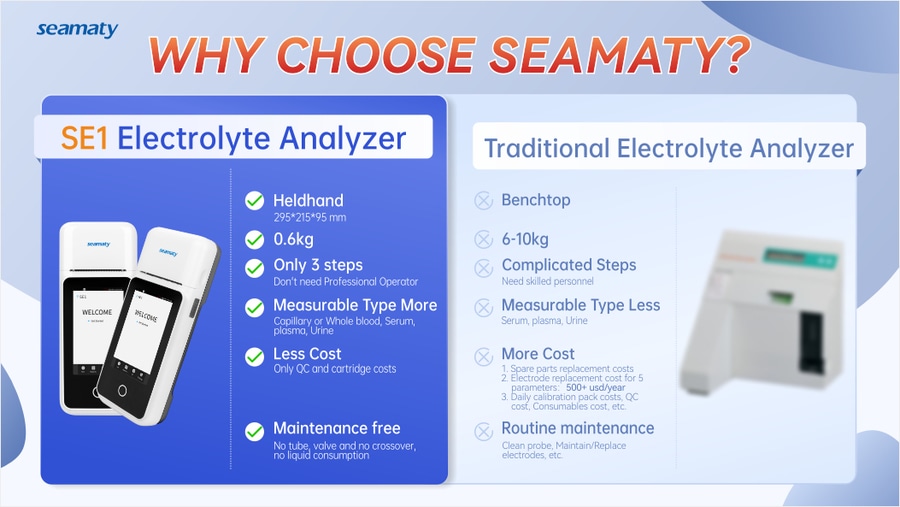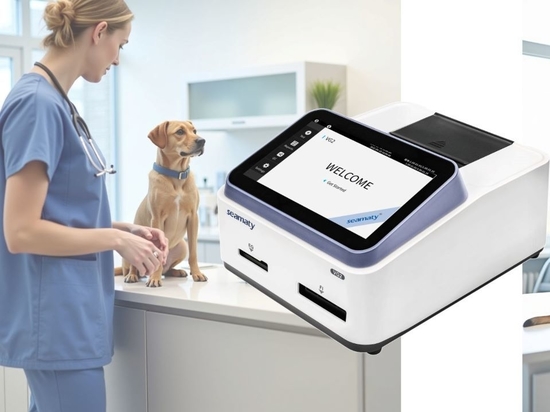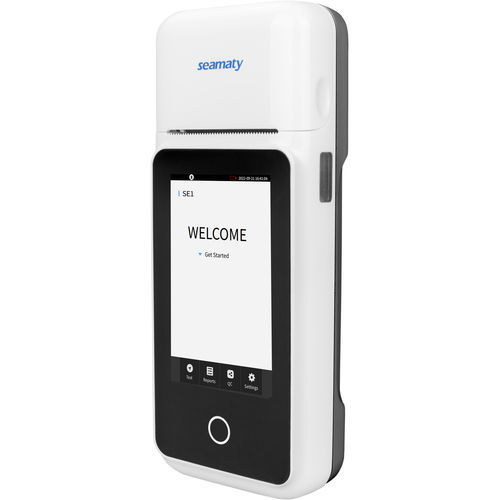
#Product Trends
Traditional electrolyte analyzer Vs SE1 handheld electrolyte analyzer
Seamaty SE1
The electrolyte analyzer is a medical device used to measure the concentration of certain ions or electrolytes in a patient's blood or other bodily fluids. Electrolytes are essential ions that play a crucial role in various physiological functions, including maintaining proper fluid balance, regulating nerve and muscle function, and helping to maintain the body's acid-base balance. The electrolyte analysis is crucial for diagnosing and monitoring a wide range of medical conditions, including electrolyte imbalances, kidney disorders, heart conditions, and acid-base disturbances. Healthcare professionals, such as doctors and clinical laboratory technicians, use the results obtained from electrolyte analyzers to make informed decisions about patient care, including adjusting medications, fluids, or other treatments to restore electrolyte balance and overall health. These devices are commonly found in hospitals, clinical laboratories, and medical clinics.
Usually, the electrolyte analyzers in the market are big in size and need trained healthcare professionals, such as clinical laboratory technicians or medical technologists, who have received specific training on the device they are using. The operation is also complicated, Like the Roche 9180 electrolyte analyzer, the operation steps are as follows:
1. Preparation: Ensure that the device is properly calibrated and that all necessary reagents and supplies are on hand.
Sample Collection: Collect the patient's blood sample according to standard procedures, typically using venipuncture.
Sample Preparation: Process the blood sample as required by the analyzer, which may involve mixing it with reagents or performing other sample preparation steps.
Loading the Sample: Place the prepared sample into the analyzer, following the specific loading instructions provided by the manufacturer.
Initiating the Analysis: Start the analysis on the analyzer, typically by selecting the appropriate test or profile and inputting any required patient or sample information.
Wait for Results: Allow the analyzer to run the tests, which may take a few minutes. The device will measure the concentrations of electrolytes in the sample.
Result Interpretation: Once the analysis is complete, review and interpret the results. The device will display the concentrations of the measured electrolytes.
Quality Control: Perform any necessary quality control procedures to ensure the accuracy and reliability of the results.
Data Recording: Record the results in the patient's medical records or laboratory documentation as required.
Maintenance: After use, follow the manufacturer's guidelines for cleaning and maintaining the analyzer to ensure its proper function for future tests.
Compared with other electrolyte analyzers, the SE1 handheld electrolyte analyzer is specifically designed to enhance patient care across various healthcare settings. Its compact size and user-friendly interface make it ideal for use at the hospital bedside, physician's office lab, urgent care clinics, and even retail clinics. The portability and convenience of the device allow healthcare professionals to conduct electrolyte analysis wherever and whenever needed, eliminating the need for sample transportation and reducing turnaround times.





